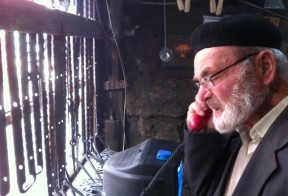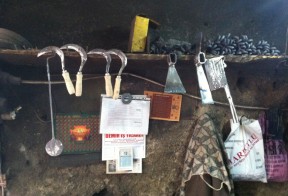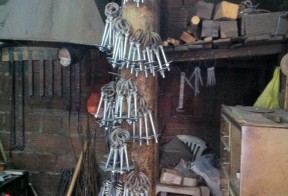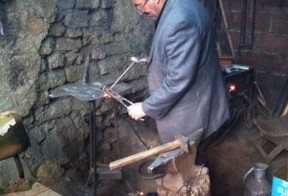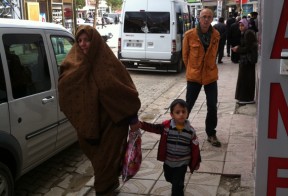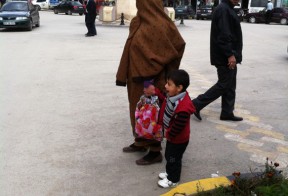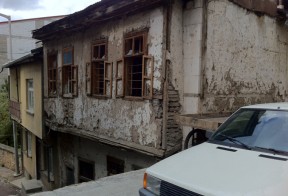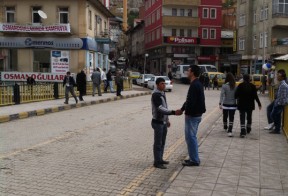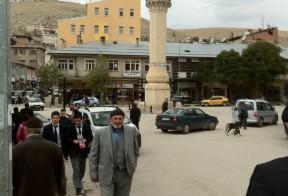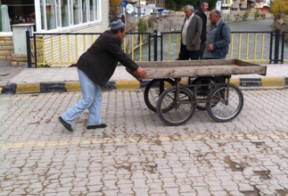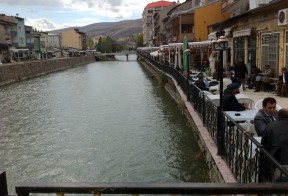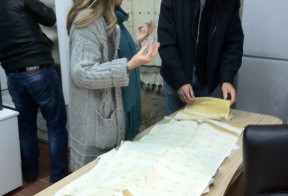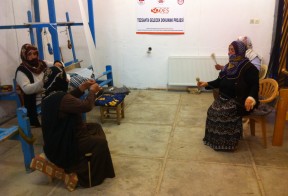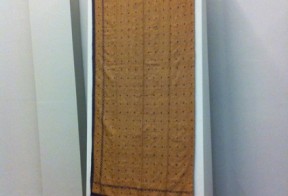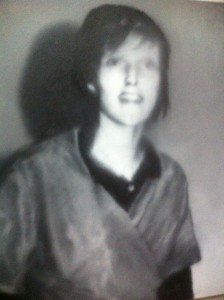St. Elisabeth church: Spray for me!
Works in progress
Draftmen's Congress
The bells of St. Elisabeth
I spray for you
young artists, 7th Berlin Biennale
Built by Karl-Friedrich Schinkel
Nazi Propaganda during WW II
After the bombing of Berlin
St. Elisabeth church, Berlin
Adam and Eve can't resist
St. Elisabeth church was built by Karl-Friedrich Schinkel (1781-1841) on behalf of the Prussian king Friedrich Wilhelm III. (1770-1840). During the Sevond WW the management of the church was dominated by people close to the Nazis. The building was heavily damaged during the bombing of Berlin 1945.
As a part of the Sophiengemeinde the church and the main building beside are hosting cultural events and include a Kindergarten nowadays. The 7th Berlin Biennale is using the church as a venue for its “Draftmen’s congress”. Artists are working there and coaching children exploring their talents as well.

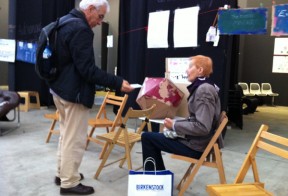
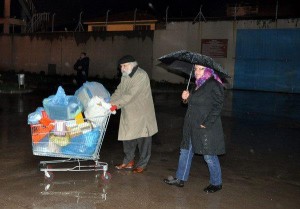 rain, tears of joy, tears of fear, hush hush
rain, tears of joy, tears of fear, hush hush